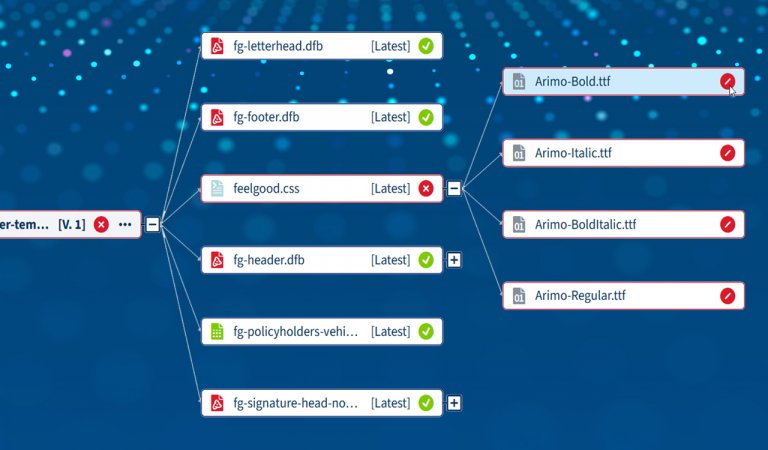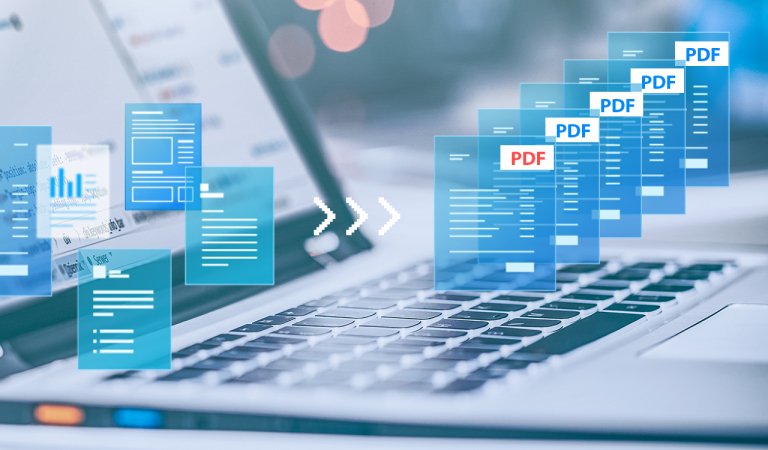Compart Magazine
Inside CompartCompart Moves to a New Location in the City of Böblingen
Our working environment for the future: Compart GmbH moves into its modern office at Wolfgang-Brumme-Allee 3 in Böblingen. A new location. A clear direction. A strong future. More space for new ideas and innovation.
More




























